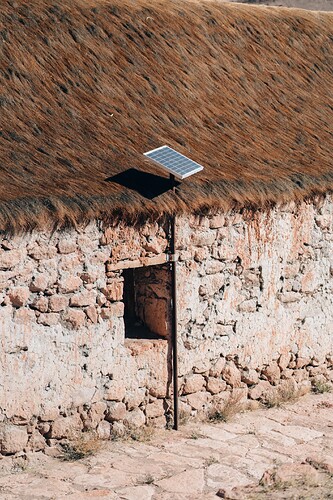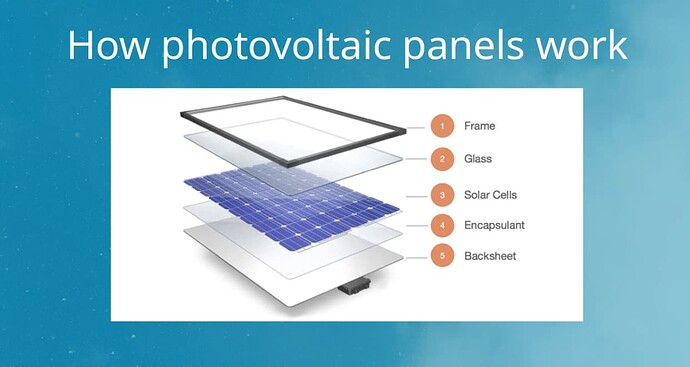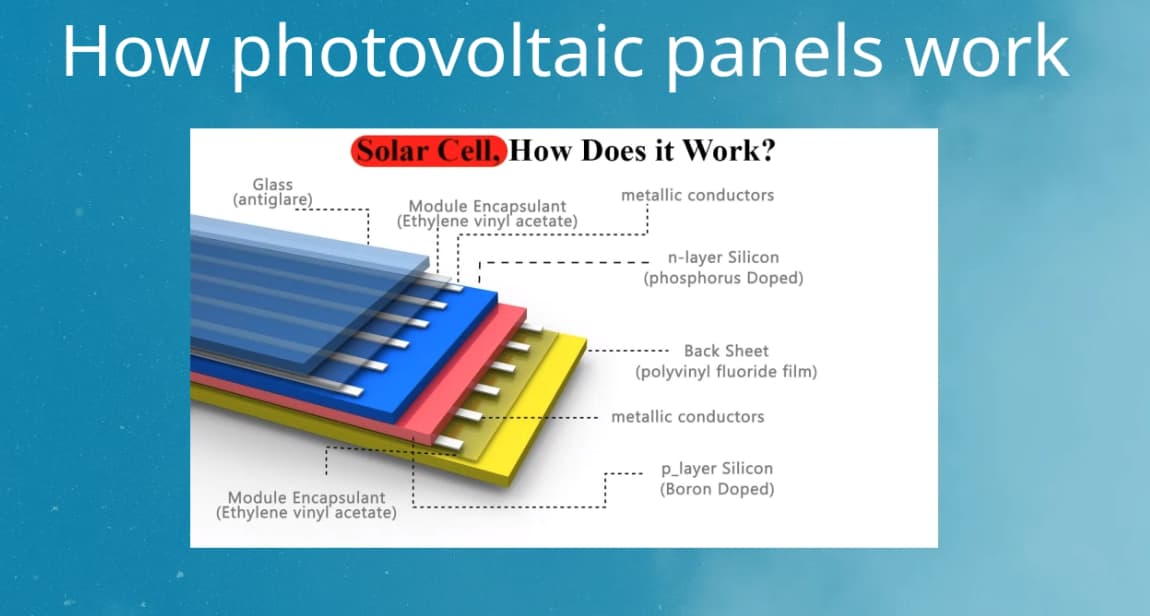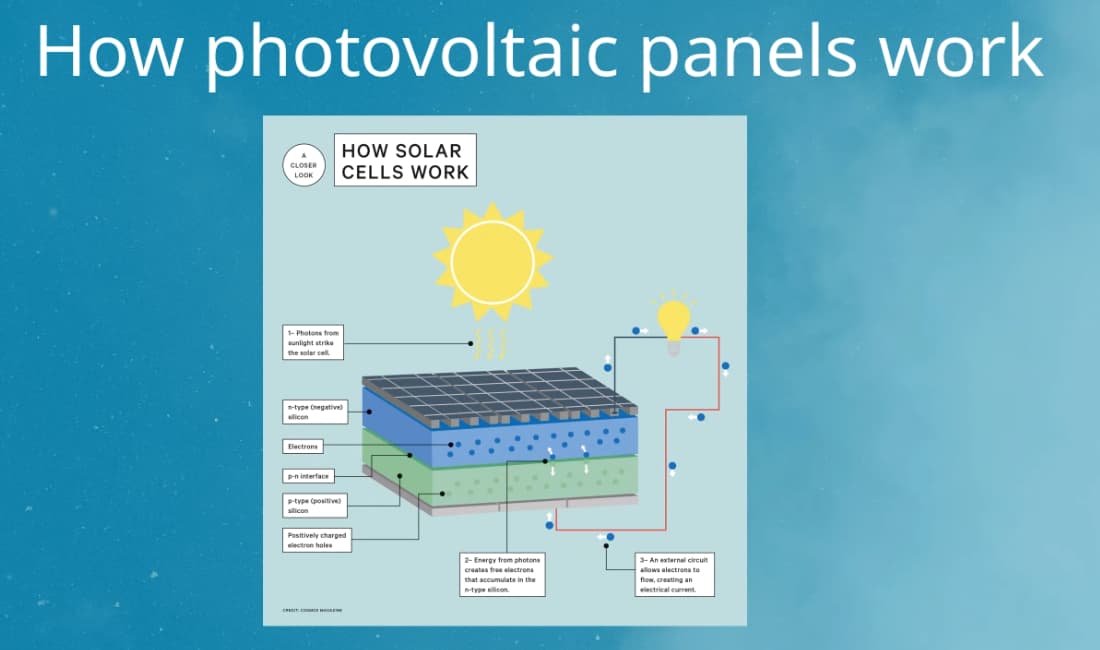Notes
Participants: Elektra, Henok, Hiure, Pepe, Sam, Yewo, Mano, Solomon, Dinesh, Shalini, Pablo (Bruna, Adriana, Baca, Nico, Nils, Mike)
Hiure will explain us about Electricity. Hiure is a physist but this kind of presentations is new to him. Everybody is welcome to ask question and to come forward, if things are unclear or not understandable…
The idea today is to talk about:
- photovoltaic intro
- electrictiy
- meaning of voltage
- meaning of current
- resistence in electronic circuits
- calulations of power
- the funcioning of photvoltaic panels
Many new concepts will be talked about…our brain will make "temporary agreements" and then we come back for deeper understandings…
PART 1
Solar vs photovoltaic systems
…a solar system can also be a water heating system, a photovoltaic system is always about the production of electricity
What means photovoltaic
photo > light > sun
voltaic >voltage > electricity
…for a better understanding, let’s compare rainwater collector system with a photovoltaic system…(from opensourcesolar.org)
Rainwater collector system: easy to understand and relates to electricity basics (but also be careful with over-simplifying things)
RC System elements: collector, pipes, valve in, tank, valve out, sprinkler
PV System: PV panel, wires, charge controller, battery, LDV, load
…now let’s have a look what is in the wire. A first temporary agreement is to accept, that all in the world is made by basic building blocks called “atoms”.
Atoms are made of a central part (nucleus) and other parts moving around called electrons.
The worls electricity coms from electrons (part of the atomic building piece). A set of effects resulting from the presence of electrons (charge).
Electricity flows through a circuit. A simple circuit can be a battery wired to a lamp. Electrons flow, similar to rainwater in a pipe. In the battery there is force that pushes and pulls electrons. This force is called voltage. In a PV system the voltage is produced from sun light. Other basic concepts are current and resistance. And there is also an electric field. So let’s see the details.
What does voltage does: it pushes and pulls the electrons. It can also be used to send and receive binary information. A simily: let’s imagine 2 talks: the full one has more voltage the other less, so one with more potential flow, the other less. So voltage is a force to flow in “the pipes” and can turn on things. In other words, it is a difference in electrical potential energy per unit of charge between two points (or Joules per Coulomb).
What is current? The flow of electrons in your body (experienced as a shock). Compared to water: current is more o less flow. It is messured with amperes (the number of electrons flowing through a certain point per second).
What does resistance does: all material resist the flow of electrons. If you have a wire made by copper they flow is different compared to aluminium, due to their atomic structure. Using the water comparisons: the valve would be the resistance limiting the flow in the pipe. So resistence is the ability of material to slow or to stop the flow of electric current, messured by ohm.
In short:
Electrical power. what is this?
Electrical power is messured in watts: 1 watt = 1 joule / second
Power (P) = voltage (V) * current(C)
Example: cellphone connected to a 12v battery and the is a 0,5 A current. How much power is this?
We can also calculate the power consumtion per hour (Wh)
Example; A radio is plugged in and plays music for three hours. The radio says on the the back that it consumes 7W of power.
Wh = 7W * 3 hours
WH = 21 Wh
1. Q&A session
Q: Why are batteries messured in Amp hours?
A: Using the tank example: The amp hours help to calculate after how much time the tank (battery) will be empty, leaving the vault open.
A: For a battery, the normal voltage times ampere hours (roughly) equals watthours.
Q: What does LDV does? How does it protect the battery discharge?
A: The LDV is normaly inside the charge controller. The battery is different from a tank, since
PART 2
All the energy we have on earth comes from the sun. So how to controll the flow of electrons from the sun? Think again of the atoms, the building blocks. And we can combine different atoms, that make up for different materials,as for instance photovoltaic panels
How photovoltaic panels work?
If we take a closer look:
To make it easy: we have two different kind of materials in a solar pane, very similar but with a different atomic structure. Positive and negative charges are triggered when photons from the sun pall on the PV cells. Thereby voltage is created. The electrons are migrating, flowing…
Experiment: this lamp got burned because the voltage of the battery was to high. But if I put a resistance, then it protects my lamp. So in PV systems we also needs elements to protect the equipment.
For today this is the main idea and let’s do another feedback session:
Q: Are all solar panels photovoltaic?
A: Photovoltaic menas electricity generated from light. So it is a feature of all photvoltaic panels (but not all solar energy systems). Terms naming non-PV systems are: solar thermal colector, solar collector, solar panel (for water heating)
The next session will be about how to size, plan and protect solar systems.
Please post questions and ideas on communitynetworks.goup!





